Common name: small-leaved lime
Scientific name: Tilia cordata
Family: Malvaceae
Origin: native
Charming, sturdy, pollinator-magnet. Not only does the small-leaved lime’s blossom produce a sweet scent and pleasantly minty honey, its leaves support the caterpillars of moths such as the lime hawk, peppered and vapourer.
Common name: small-leaved lime
Scientific name: Tilia cordata
Family: Malvaceae
Origin: native
This large deciduous tree can grow to more than 20m high. Its bark is grey-brown and smooth and develops flaky plates with age. The twigs are brown-red in the shade, but become shiny in sunlight. Small-leaved lime may produce suckers from the base of the tree.
Look out for: the heart shaped leaves which have rusty red hairs where the leaf stalk attaches to the twig.
Identified in winter by: the twigs, which look red on top and more olive green underneath. The smooth, shiny red buds are shorter than 4mm and have only 2–3 scales.
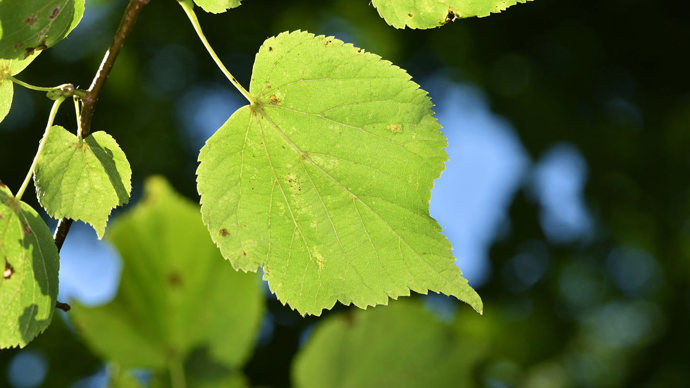
Credit: Paul Sterry / WTML
Heart-shaped with a pointed tip, 3–8cm in length, and hairless except for reddish to brown tufts on the underside of the vein-joints.
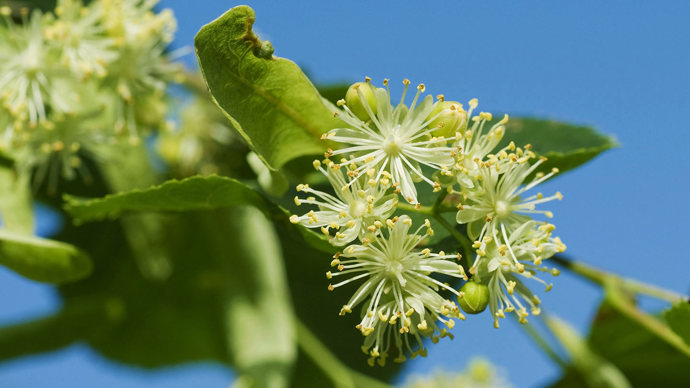
Credit: Premium Stock Photography Gmbh / Alamy Stock Photo
Limes are hermaphrodite, meaning both male and female reproductive parts are contained within each flower. Flowers are green-yellow, have five petals, and hang in clusters of 4–10. They have a rich, heavy scent which attracts many insects, particularly bees.
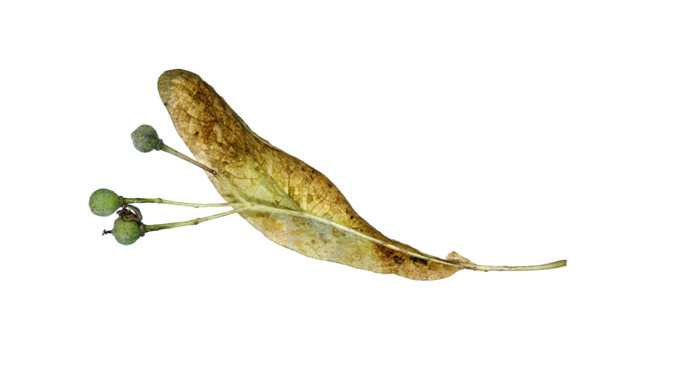
Credit: Nature Photographers Ltd / WTML
Once pollinated by insects, flowers develop into round-to-oval, smooth fruits with pointed tips.
Other limes and hybrids. It is possible to tell true species apart by the underside of the leaf. Common lime (Tilia x europaea) has tufts of white hairs between the vein joints, whereas these are rusty red in small-leaved lime. Large-leaved lime (Tilia platyphyllos) has hairs all over the underside. Common lime is a hybrid and is rare in the wild in the UK.
Lime trees were often planted along roads by royal decree to get good luck in harvests.
Native to much of Europe and Britain it is found in woodland and grows best on moist but well-drained nutrient-rich soils.
Once a dominant woodland species, it is now rare in woods, and in some English regions it is considered an indicator species of ancient woodland.
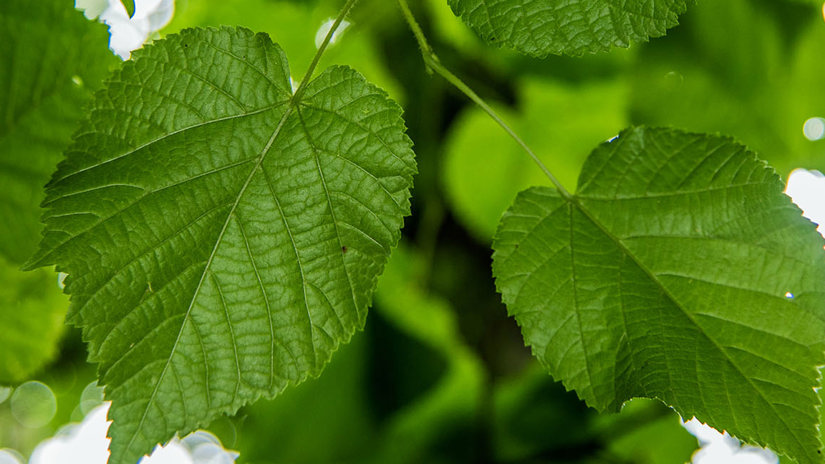
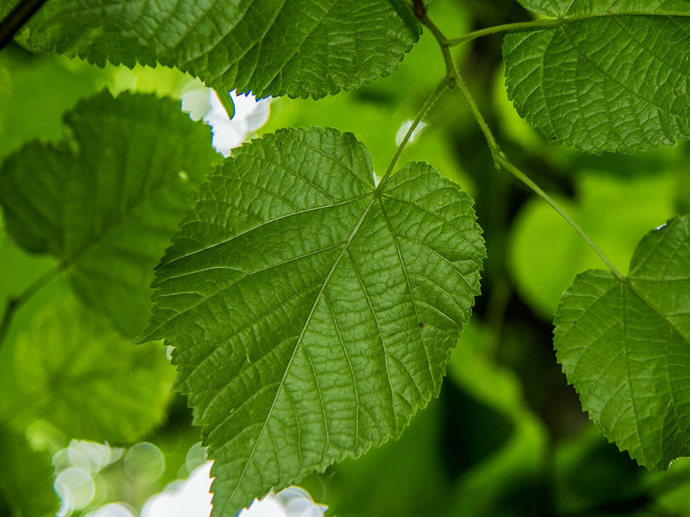
Small-leaved lime is an ancient-woodland indicator. If you spot it while you're out exploring, it could be a sign you're standing in a rare and special habitat.
Lime leaves are eaten by the caterpillars of many moth species, including the lime hawk, peppered, vapourer, triangle and scarce hook-tip moths. They are very attractive to aphids, providing a source of food for their predators, including hoverflies, ladybirds and many species of bird. The flowers provide nectar and pollen for insects, particularly bees, which also drink aphid honeydew from lime leaves.
Long-lived trees provide dead wood for wood-boring beetles, and nesting holes for birds.
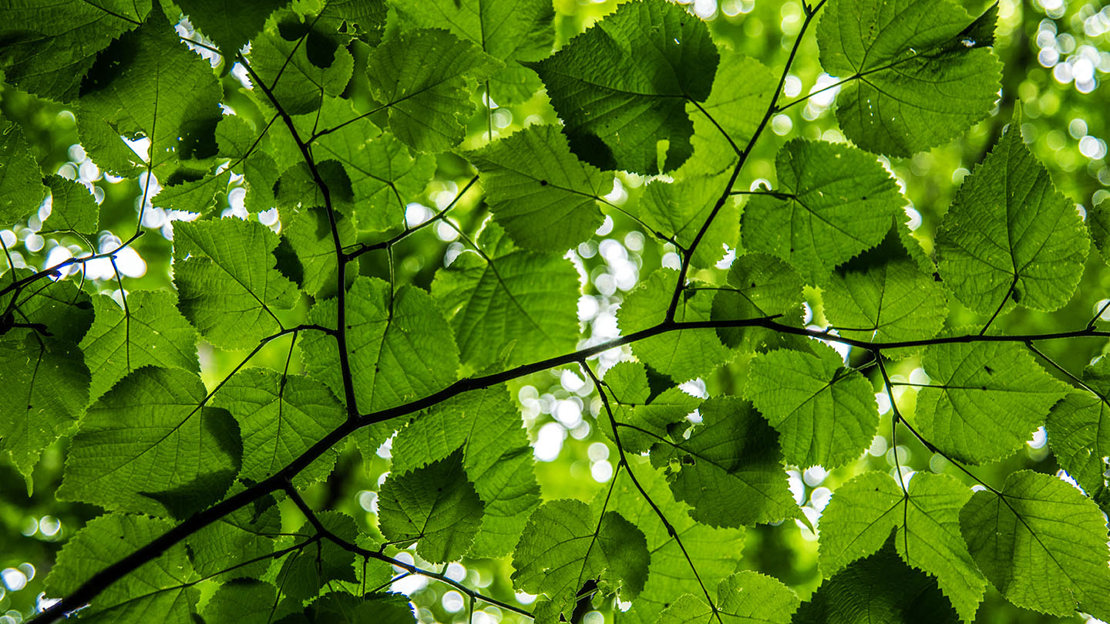
Limes appear in folklore across Europe. They are often associated with fertility, especially in Estonia and Lithuania. It’s also considered a sacred tree in Slavic mythology and German folklore where it also represented fairness and justice.
It has been associated with romance and lovers and the tree was often used as a symbol in romantic poetry. In France and Switzerland, limes represent liberty, and the trees were planted to celebrate different battles. It was also said that sitting under a lime tree would cure epilepsy.
Lime-flower tea, made from the dried blossom, has a pleasing taste, due to the aromatic oil found in the flowers.
Lime wood is soft and light, white-yellow and finely textured. It is easy to work and used in turnery, carving and furniture-making. Lime bark was traditionally used to make rope.
The wood is still used today to make sounding boards and piano keys as it doesn’t warp. The flowers were used to make tea, especially during the Second World War when leaf tea was hard to come by. The tree’s sweet sap was made into wine.
The flowers were valued for their medicinal properties and they were considered an effective treatment for insomnia, headaches and other ‘nervous’ disorders.
Lime trees may be susceptible to fungal disease, which can cause root rot and bleeding cankers. Trees can also suffer infestations of aphids, sap-sucking insects and gall mites, including the nail gall, and are occasionally affected by wilt, which can be fatal.